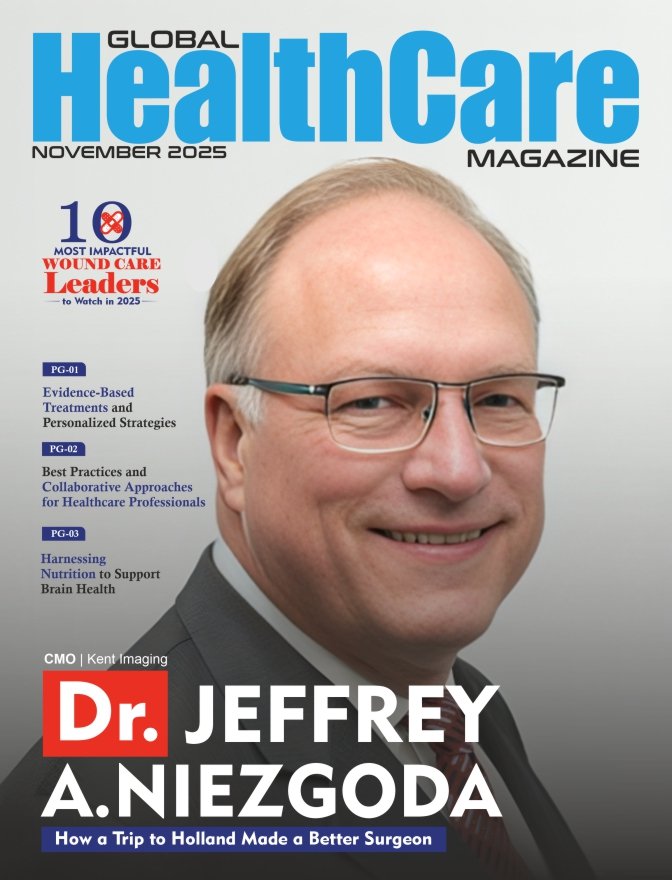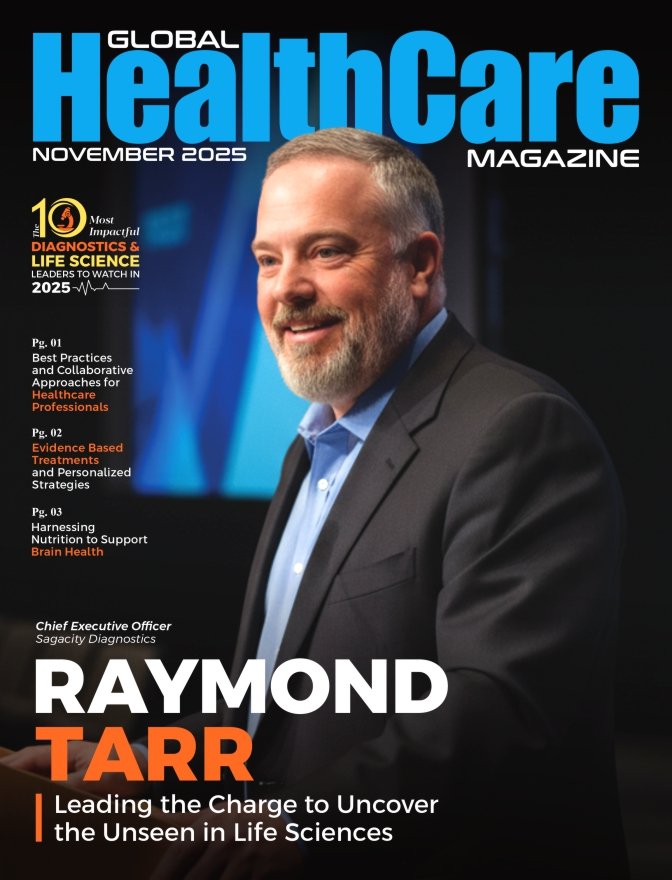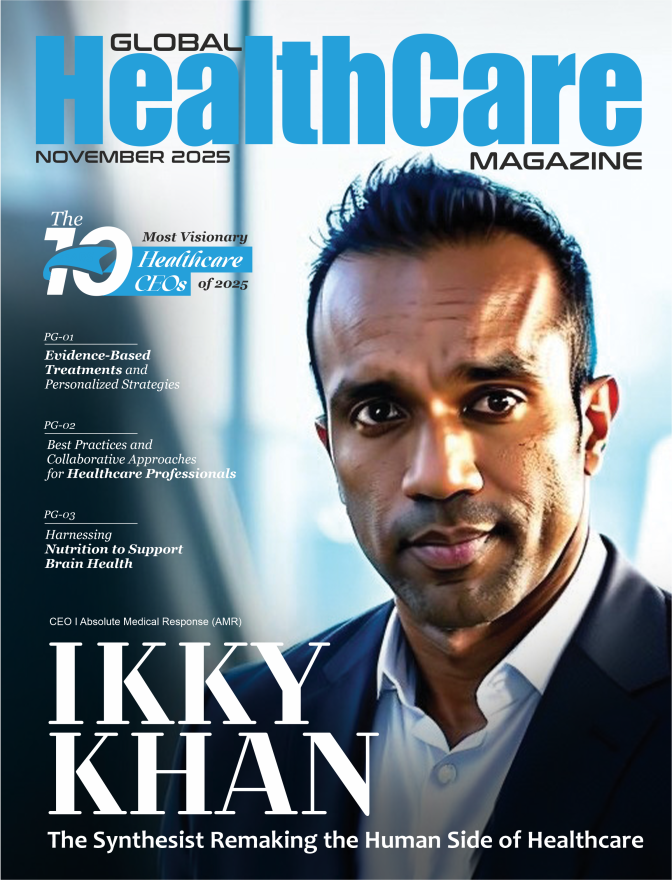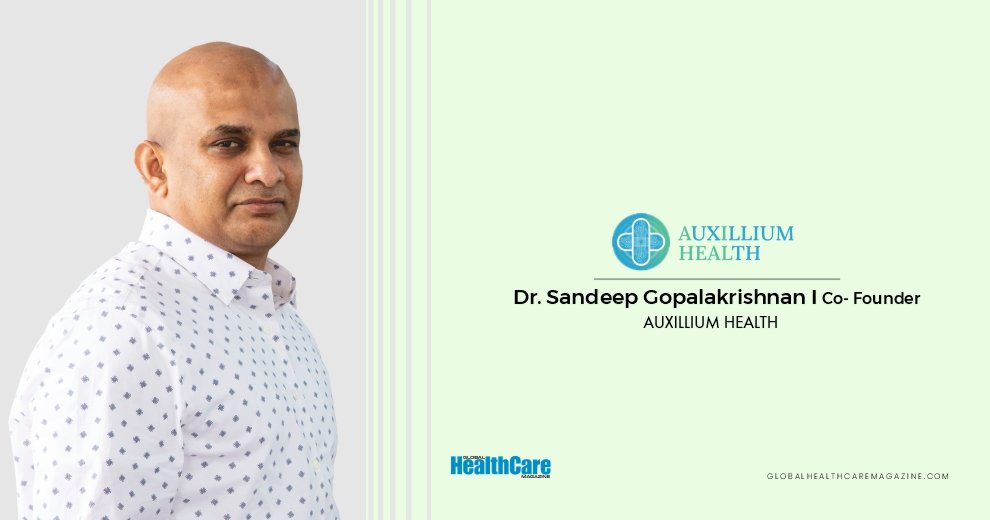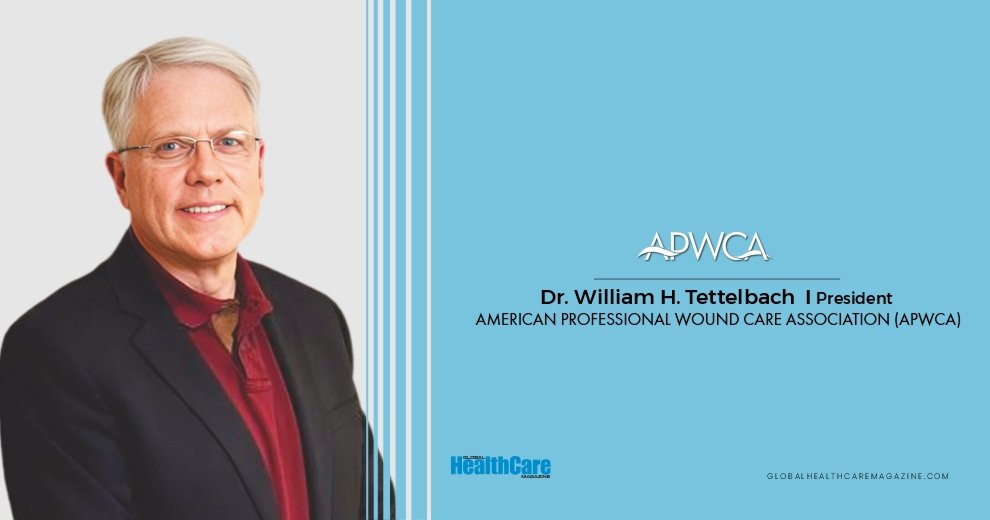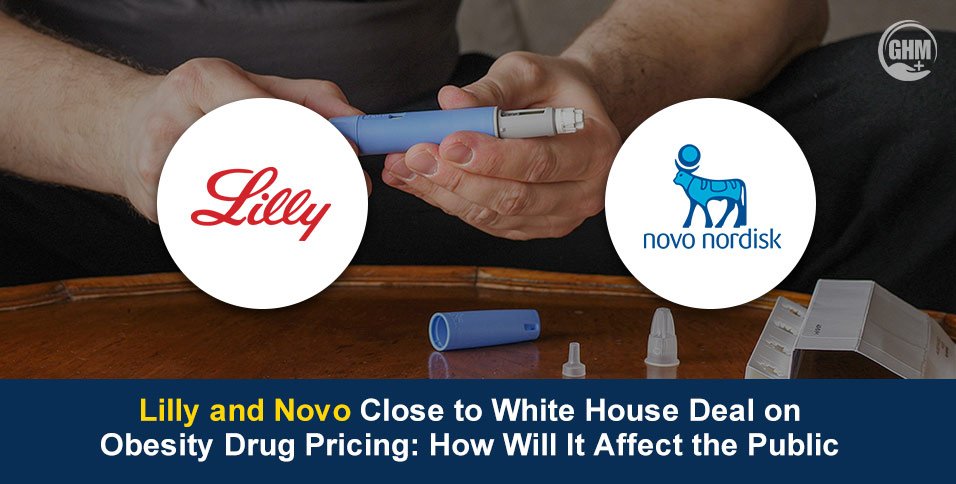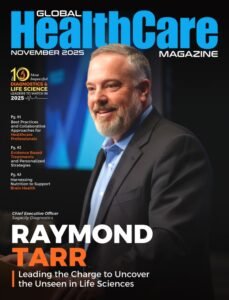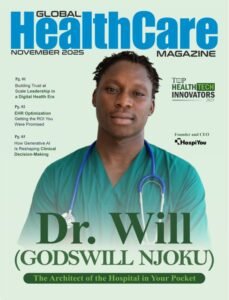In a field often overshadowed by the drama of the operating room, Dr. Gregory Bohn is a surgeon who became a standard-bearer for a neglected specialty. As a respected surgeon, medical director, and president of the nation’s only peer-endorsed wound care certifying body, he is leading a charge to transform the field from an overlooked practice into a rigorous, evidence-based specialty.
There is a certain elegant finality to surgery. An incision is made, a problem is addressed, and a wound is closed. For a surgeon, the world is one of controlled trauma and predictable healing, of clean lines and sterile fields. Dr. Gregory Bohn was trained in this world. With a Bachelor of Science from the University of Michigan and a Medical Doctorate from Wayne State University, followed by an extensive five year surgery residency in Grand Rapids, he became a master of this craft. He was board certified, a Fellow of the American College of Surgeons, a physician who understood the body as a system that could be expertly repaired. But medicine, in its truest form, is rarely so tidy. In the course of his practice, Dr. Bohn was confronted with a different kind of problem, one that defied the neat logic of the operating room: the chronic wound.
These were not the clean incisions of his training. They were persistent, complex, and deeply human puzzles, wounds that refused to heal, that tethered patients to a life of pain and limitation. As a respected physician and community leader, he was asked to take the helm of his hospital’s wound care clinic. It was a role that would fundamentally alter the trajectory of his career. He stepped out of the predictable world of the surgical suite and into a field that was, at the time, a largely overlooked and undervalued corner of the medical landscape. He discovered that the prevailing approach to these complex cases was often simplistic; a misdirected thought that it was all about just “applying a dressing.” Dr. Bohn, with his surgeon’s mind for systems and his innate curiosity, knew there had to be more. He was right. And in dedicating his career to uncovering that truth, he would not only heal thousands of patients but also begin the crucial work of healing the profession itself.
The Science of a Stubborn Wound
To truly understand wound care, Dr. Bohn realized, was to become a student all over again. He pursued and achieved board certification in Undersea and Hyperbaric Medicine and sought out certification in wound care from both the American Board of Wound Healing and the American Board of Wound Management. He became a Fellow of the American College of Hyperbaric Medicine and the American Professional Wound Care Association. This collection of credentials was not just an accumulation of titles. It was a deliberate immersion into a new science.
Dr. Bohn learned that a chronic wound is rarely just a skin problem. It is a symptom, a final, desperate signal from a body struggling with deeper systemic failures. To practice wound care as a true specialty, a provider must possess an advanced knowledge of how endocrine, vascular, orthopedic, and surgical disease processes all conspire to break down the body’s largest organ. The lack of appreciation for this complexity, he saw, was directly reflected in a lack of reimbursement for the very treatments that could heal patients. The system was designed to pay for dressings, not for the deep, evidence based detective work required to solve the underlying problem.
This realization became his mission. Dr. Bohn began authoring key publications and became a frequent guest speaker, finding a passion for teaching and for synthesizing the complex science of healing into understandable, actionable practice. He saw that elevating the care of patients meant first elevating the standards and the perception of the providers themselves.
A Fight for True Certification
This drive for legitimacy found its ultimate expression in his leadership as President of the American Board of Wound Healing (ABWH). Here, he saw a chance to address a fundamental issue in the field. While other certifications existed, the ABWH was, and is, the only peer endorsed certifying body in wound care. This distinction, for Dr. Bohn, is everything. “Peer endorsement is what gives a certification value,” he states plainly. He likens other certifications to something out of the movie “Catch Me If You Can,” where a charming fraud, Frank Abagnale Jr., could simply acquire the credentials he needed. A true certification, he argues, must be earned through a rigorous process and validated by one’s own expert colleagues.
Under his leadership, the ABWH instituted a Maintenance of Certification (MOC) process. This was a deliberate move away from a system that simply required collecting continuing education credits. The MOC program was designed to be dynamic, encouraging providers to explore the full breadth of the wound care field through a variety of professional activities. It is a system built not for passive credit collection, but for the active, lifelong pursuit of expertise. It is Dr. Bohn’s vision for building a profession of true specialists, validated by their peers and committed to a standard of excellence that patients deserve.
The Unhealable Wound, Healed
The difference between a good provider and a truly great one, in Dr. Bohn’s view, is this relentless pursuit of knowledge. “Being a true expert takes a dedicated effort,” he says. “It’s not an occasional or part time endeavor.” This philosophy is best understood not through a policy document, but through the story of a patient.
She came to his clinic as a last resort, her lower legs covered in extensive wounds that another provider had been unable to heal. After a few weeks of conventional treatment, it was clear her condition was not typical. This was the moment where a standard approach would have failed. But Dr. Bohn, embracing the role of medical detective, dove into research and study. He arrived at a rare diagnosis: Necrobiosis Lipoidica Diabeticorum (NLD).
This diagnosis unlocked a new path. The patient qualified for a new biologic therapy called Inflixamab. She was started on injections every eight weeks. The result was transformative. The wounds, once thought to be unhealable, closed. She healed, and she remains healed on maintenance therapy. It is a story that Dr. Bohn recalls vividly, a powerful affirmation of his entire approach. By refusing to accept the limits of a standard diagnosis, by seeking out the deeper truth, he was able to fundamentally change a patient’s life.
A Legacy of Evidence and Expertise
Today, Dr. Bohn spends most of his time as a Medical Director for a wound care company, a role that allows him to influence the delivery of services on a broad scale. He has been instrumental in the development of mobile wound care, an innovation designed to bring advanced treatment out of the hospital and into the homes of patients who need it most. He remains deeply engaged in research, contributing to protocol driven clinical trials aimed at advancing the practice. For him, the development of “Good Scientific Evidence” is the key to unlocking the best possible patient outcomes.
The landscape of medicine has changed dramatically over his career, with reimbursement models shifting and new challenges constantly emerging. His strategy for navigating this has been to stay abreast of the change, adapt positively, and always anchor his practice in the best available evidence.
When he is not working to advance his field, he finds his balance in the life he has built with his wife, who he says has kept him centered throughout their marriage. He finds restoration in the outdoors, in golf, and in the hunting and fishing trips that connect him to cherished memories of his father, brother, and uncle in Michigan. On a personal level, he travels more now, enjoying the simple pleasure of a sunset cruise around the lake.
Dr. Bohn’s focus now is on sharing the knowledge he has spent a career acquiring, on implementing a path for the next generation of providers to become the best they can be. His guiding principle is a simple, powerful mantra: “Use ‘good’ scientific evidence to guide therapy.” It is the foundation upon which he has built his career and the legacy he hopes to leave. Looking forward, he is filled with a sense of wonder. “Enjoy the marvels of the next 20 years!” he says, a message of inspiration from a man who has spent a lifetime creating marvels of his own.
Quote
“Use “good” scientific evidence to guide therapy. That’s how we can consistently get the best patient outcomes.”
Also Read: 10 Most Impactful Wound Care Leaders to Watch in 2025


